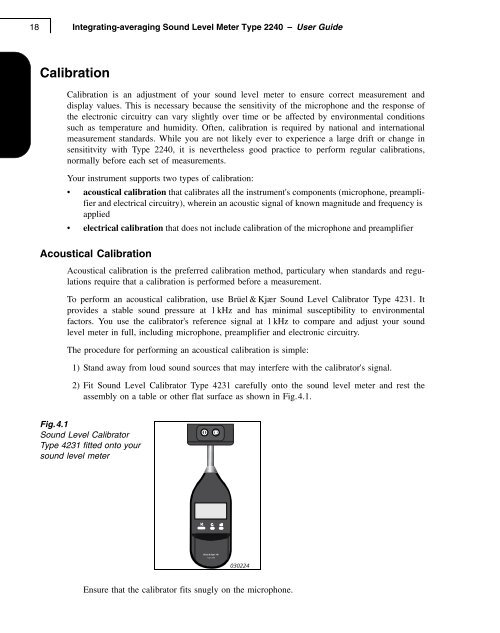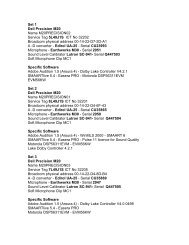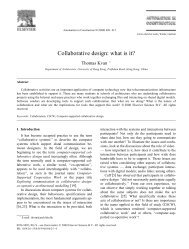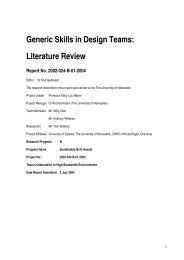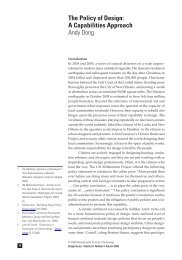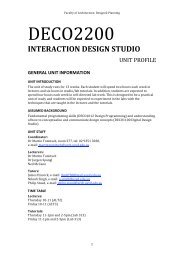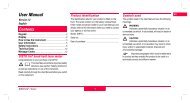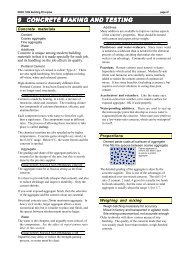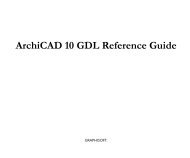bruel & kjaer 2240 sound level meter
bruel & kjaer 2240 sound level meter
bruel & kjaer 2240 sound level meter
You also want an ePaper? Increase the reach of your titles
YUMPU automatically turns print PDFs into web optimized ePapers that Google loves.
18<br />
Integrating-averaging Sound Level Meter Type <strong>2240</strong> – User Guide<br />
Calibration<br />
Calibration is an adjustment of your <strong>sound</strong> <strong>level</strong> <strong>meter</strong> to ensure correct measurement and<br />
display values. This is necessary because the sensitivity of the microphone and the response of<br />
the electronic circuitry can vary slightly over time or be affected by environmental conditions<br />
such as temperature and humidity. Often, calibration is required by national and international<br />
measurement standards. While you are not likely ever to experience a large drift or change in<br />
sensititvity with Type <strong>2240</strong>, it is nevertheless good practice to perform regular calibrations,<br />
normally before each set of measurements.<br />
Your instrument supports two types of calibration:<br />
• acoustical calibration that calibrates all the instrument's components (microphone, preamplifier<br />
and electrical circuitry), wherein an acoustic signal of known magnitude and frequency is<br />
applied<br />
• electrical calibration that does not include calibration of the microphone and preamplifier<br />
Acoustical Calibration<br />
Acoustical calibration is the preferred calibration method, particulary when standards and regulations<br />
require that a calibration is performed before a measurement.<br />
To perform an acoustical calibration, use Brüel & Kjær Sound Level Calibrator Type 4231. It<br />
provides a stable <strong>sound</strong> pressure at 1 kHz and has minimal susceptibility to environmental<br />
factors. You use the calibrator's reference signal at 1 kHz to compare and adjust your <strong>sound</strong><br />
<strong>level</strong> <strong>meter</strong> in full, including microphone, preamplifier and electronic circuitry.<br />
The procedure for performing an acoustical calibration is simple:<br />
1) Stand away from loud <strong>sound</strong> sources that may interfere with the calibrator's signal.<br />
2) Fit Sound Level Calibrator Type 4231 carefully onto the <strong>sound</strong> <strong>level</strong> <strong>meter</strong> and rest the<br />
assembly on a table or other flat surface as shown in Fig.4.1.<br />
Fig.4.1<br />
Sound Level Calibrator<br />
Type 4231 fitted onto your<br />
<strong>sound</strong> <strong>level</strong> <strong>meter</strong><br />
Type <strong>2240</strong><br />
030224<br />
Ensure that the calibrator fits snugly on the microphone.


